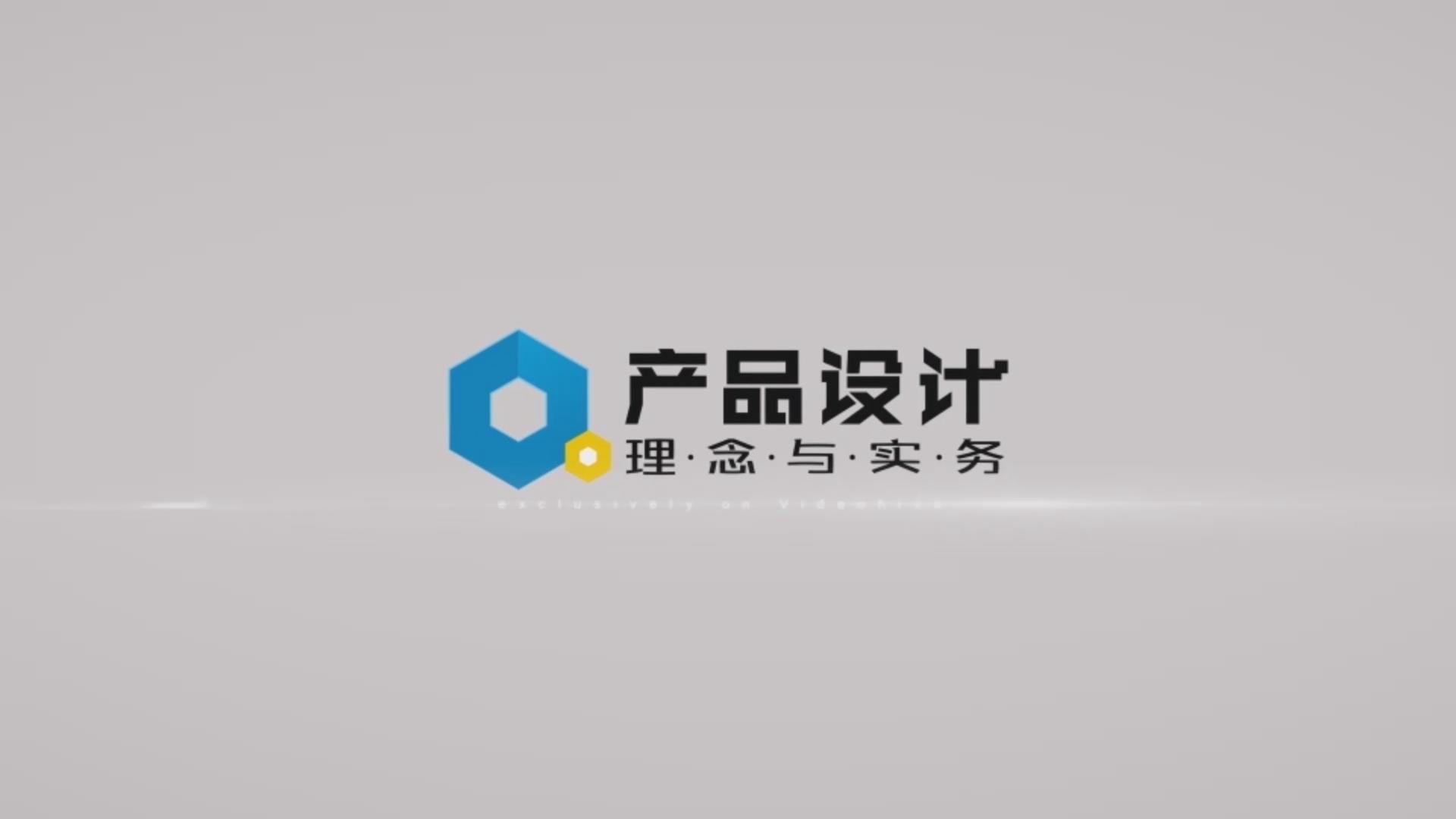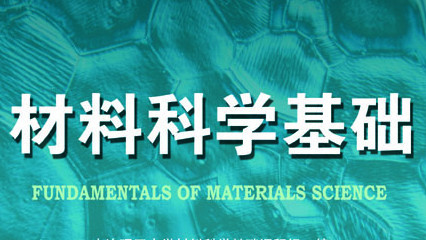
当前课程知识点:Biopharmaceutical and Toxicological Analysis > Chapter 5 Chromatography and its hyphenated techniques > 5.2 Hyphenated chromatography (2) > Video
返回《Biopharmaceutical and Toxicological Analysis》慕课在线视频课程列表
返回《Biopharmaceutical and Toxicological Analysis》慕课在线视频列表
Hello everyone!
The last lecture introduced the characteristics and interface of LC/MS.
Today we will continue to introduce the principles
of LC/MS and its application in bioanalysis.
Let's start from the mass analyzer.
The mass analyzer is the heart of the mass spectrometer.
As shown in the picture,
it can separate the charged species produced by the ion source
according to their mass-to-charge ratios (m/z),
thus permitting the mass
and abundance of each species to be determined.
At present,
the most commonly used mass analyzers for LC/MS
include quadrupole analyzer,
triple quadrupole analyzer,
ion trap analyzer,
time-of-flight analyzer,
and Fourier transform analyzer.
Today we will focus on the first two analyzers.
The first is quadrupole analyzer,
which comprises four parallel rods with specific direct-current (DC)
and radio-frequency (RF) voltages.
For a given combination of DC and RF voltages,
only ions with specific m/z have a stable path down the axis.
All other ions would be deflected to the both sides and then lost.
By changing the DC and RF voltages,
the ions of another m/z could pass through and reach the detector,
thus achieving the mass scanning.
It has two working modes.
The first one is SCAN mode.
The quadrupole analyzer continuously scans all ions
set in a limited range of m/z values within a given time.
It is suitable for qualitative analysis to determine the molecular weight
of each component in an unknown mixture.
The second working mode is the selective ion monitoring,
SIM for short,
detecting solely a few ions with certain m/z values.
It is usually used for quantitative analysis of the target compounds
or rapid screening of target compounds
in mixtures containing multiple components.
The drawback of SIM is a slightly worse specificity,
possibly leading to the false-positive results.
Whatever the compound is,
any ion that matches the set m/z will be regarded as the target.
Therefore, the choice of detection ions is extremely important.
In LC-MS analysis,
the first step is to select the detection ion
with strong response and stability.
[M-H]- is usually used for acidic compounds,
and [M+H]+ for basic compounds.
In addition,
molecules can also form adducts like [M+NH4]+, [M+K]+, and [M+Na]+.
Let's study the triple quadrupole analyzer.
A triple quadrupole MS consists of three components in series.
As shown in the figure,
the first and third mass analyzers act as mass filters,
and the second is a non-mass filtering collision cell.
The triple quadrupole MS
is a tandem MS consisting of two mass spectrometers.
When coupled with liquid chromatography,
it can be called LC-MS/MS.
Let's take a look at the principle of LC-MS/MS.
After the sample passes through the LC system,
it would be ionized in the ion source,
and analyzed in the first mass analyzer.
Then, all ions with the set m/z leave the first mass analyzer
and enter the collision cell.
These ions entering the collision cell
are called precursor ions or parent ions.
They collide with the inert gas
in the collision cell to induce fragmentation
and produce a series of product ions,
also called daughter ions.
The product ions are analyzed by the third mass analyzer
to create a mass spectrum.
There are several working modes for LC-MS/MS.
Here we focus on two.
The first is the product ion scan.
The first mass analyzer is fixed at selected m/z value.
The product ions from the fragmentation of the precursor ion
in collision cell enters the third mass analyzer
which is operated in scanning mode.
The intensity and m/z of all product ions
are captured and displayed in the mass spectrum.
This scanning mode can not only obtain
the structural information of the compound,
but also determine the product ion
of highest abundance or characteristics
for further quantitative analysis.
Next, let's study the selective reaction monitoring (SRM),
which is also called multiple reaction monitoring (MRM).
The principle is that the first mass spectrometer
selects one or more precursor ions,
The third mass analyzer filters the product ions with given m/z values.
It is mainly applied in the quantitative analysis of target compounds.
SRM undergoes two selections.
As shown in this figure,
compared with the SIM method of quadrupole MS,
SRM possesses a higher specificity
and signal-to-noise ratio thus better detection sensitivity.
Therefore, SRM is more suitable to determine trace components
in the complicated samples.
Then what should be paid attention to in bioanalysis using LC-MS?
First of all,
we should take notice of the matrix effect.
During LC-MS analysis, endogenous substances reduce
or increase the ionization efficiency of the analyte,
thereby affecting the MS response as well as the accuracy.
Endogenous substances,
such as phospholipids and cholesterol,
are the main source of matrix effect components.
If the matrix effect does exist,
a variety of measures could be taken to eliminate it.
The first way is to optimize
or improve the sample pretreatment method.
As the matrix effect is closely related
to the incomplete clean-up of biosamples,
appropriate pretreatment methods should be selected.
During experiment,
liquid-liquid extraction,
solid-phase extraction,
and protein precipitation methods are investigated,
and the method with the least matrix effect should be chosen.
The second way is to optimize the chromatographic conditions.
As mentioned earlier,
the matrix effect is caused
by the co-eluting endogenous substances in the matrix.
Therefore, good separation between the endogenous substances
and the analyte in the chromatographic column
could ameliorate the matrix effect.
The third way is to select appropriate MS conditions.
In the ESI source,
the endogenous substance
and the analyte compete for the surface of the droplet,
and the matrix effect may be more obvious.
In such cases,
we can use APCI.
The fourth method is to choose a suitable internal standard.
Internal standards are widely used in bioanalysis
to improve the method accuracy, precision, and robustness.
At present,
isotope-labeled internal standards are the most effective way
to reduce or eliminate the matrix effects.
But the disadvantage is the high costs.
Besides matrix effects,
it is also necessary to pay attention
to the linear range of the MS response
when using LC-MS for bioanalysis.
The MS response could be saturated.
When the sample concentration is too high,
the analyte molecules compete ionization
at the droplet surface,
leading to a smaller MS response
of the high concentration point of the standard curve,
and the deviation from linearity in the end.
Therefore, the linear range should be investigated.
Below we briefly introduce how to develop a LC-MS method.
LC-MS method was used to determine
the plasma concentration of donepezil.
Donepezil hydrochloride is a reversible acetylcholinesterase inhibitor
and is clinically used to treat Alzheimer's disease.
The commonly used dose is 5mg.
Our development strategy is to select a LC-MS method
according to the chemical structure of the drug
and optimize the experimental conditions.
Donepezil contains the tertiary nitrogen,
which could be protonated to produce [M+H]+ for positive ion detection.
Select eperisone which has a similar structure
to donepezil as the internal standard.
Next, we should optimize the MS conditions.
Since the analyte is a small polar molecule,
ESI is preferred.
Because the analyte is prone to protonation,
we adopt the positive ion mode.
Select the target ion by scanning.
After determining the sample ion,
the mobile phase should be optimized consequently.
Finally, 10 mmol/L ammonium acetate aqueous solution
was used to prepare the mobile phase,
and 0.05% formic acid was added to improve the MS sensitivity.
After systematic optimization,
the final SIM method was established
for the quantitative determination.
This is the SCAN result.
Select the highly characteristic, abundant,
and stable ion as the target ion.
The MS ionization efficiency
could be enhanced by improving the spray process,
and increasing the solvent evaporation of the charged droplets.
Therefore, the drying gas flow rate,
spray chamber pressure,
and drying gas temperature
were all modified to enhance the MS response.
Afterwards, the MS and HPLC conditions were established.
Method validation demonstrated that
the method was simple, fast, and sensitive.
The LLOQ could reach 0.1 ng/ml.
Let's review what we have learned today.
The focus is the working principle, mode
and characteristics of different mass analyzers.
The difficulty is the precautions in the LC-MS based bioanalysis,
such as matrix effects, and saturation in MS response.
We need know how to address these problems.
Please use the examples in this lecture
to master the development of LC-MS method.
That's all, thank you for watching.
-PPT
-Assignment
-2.1 Drug’s in vivo process – absorption and distribution
--PPT
--Video
-2.2 Drug’s in vivo process – metabolism and excretion
--PPT
--Video
-2.3 Therapeutic drug monitoring
--PPT
--Video
-2.4 Assignment
--Assignment
-3.1 Preparation and storage of commonly used biospecimens
--PPT
--Video
-3.2 Pretreatment of biospecimens (1)
--PPT
--Video
-3.3 Pretreatment of biospecimens (2)
--PPT
--Video
-3.4 Advances in pretreatment of biospecimens
--PPT
--Video
-3.5 Assignment
--Assignment
-4.1 Design and development of bioanalytical method
--PPT
--Video
-4.2 Bioanalytical method validation (1)
--PPT
--Video
-4.3 Bioanalytical method validation (2)
--PPT
--Video
-4.4 Assignment
--Assignment
-5.1 Hyphenated chromatography (1)
--PPT
--Video
-5.2 Hyphenated chromatography (2)
--PPT
--Video
-5.3 High performance capillary electrophoresis
--PPT
--Video
-5.4 Assignment
--Assignment
-6.1 Immunoassay (1)
--PPT
--Video
-6.2 Immunoassay (2)
--PPT
--Video
-6.3 Immunoassay (3)
--PPT
--Video
-6.4 Capillary electrophoresis-based immunoassay
--PPT
--Video
-6.5 Assignment
--Assignment
-7.1 Isotope analysis
--PPT
--Video
-7.2 Mass spectrometry imaging
--PPT
--Video
-7.3 Advances in Biopharmaceutical Analysis
--PPT
--Video
-7.4 Assignment
--Assignment
-8.1 Bioanalysis of biotechnological drugs
--PPT
--Video
-8.2 Bioanalysis of endogenous steroid hormones
--PPT
--Video
-9.1 Bioanalysis of animal and plant poisons
--PPT
--Video
-9.2 Bioanalysis of of water-soluble poisons
--Video
-10.1 Bioanalysis of drugs of abuse
--PPT
--Video
-Website of virtual simulation experiment
-Final examination


